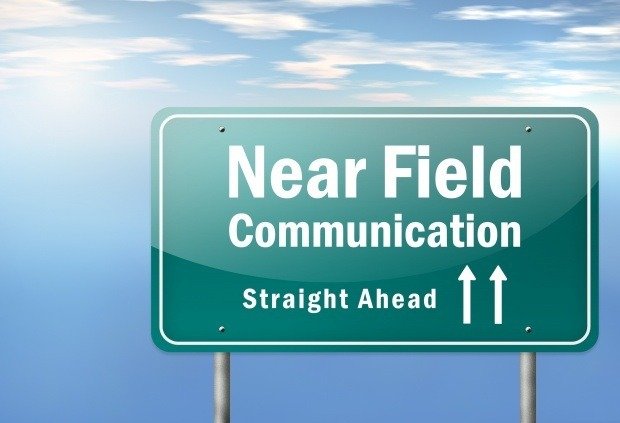“We are here to give you confidence that outdoor works as a medium,” Mike Baker, Outdoor Media Centre’s chief executive officer, announces at the start of the Outdoor Works conference. Gathering media owners, agencies and end clients together, the event attracted a full house of almost 300 participants to analyse trends and opportunities within out-of-home.
With a focus on five key benefits that out-of-home brings to the table for brands – connection, influence, activation, amplification and inspiration – the speakers demonstrated how and why outdoor media provides a unique opportunity to communicate with audiences and how emerging technology is making OOH sleeker, more targeted and accountable, and bringing brands closer to the client.
“The planning of outdoor thus far has been like picking our noses with rubber gloves,” argues Justin Gibbons, creative director at Arena Media, in his talk. He believes that the current market approach to outdoor advertising can be greatly improved upon by using tools such as NFC, geo-location, crowd evaluation and audience measurement. “Today, information can be granular. Using research bodies such as Route, agencies can have detailed audience information to create more effective campaigns. Dayparting finally means something.”
Richard Reed, co-founder of Innocent Drinks, shared the story as to how his business grew from a humble market store run by three friends into a successful enterprise that ended up being bought by Coca-Cola. Outdoor advertising played a part in its growth and – in their case – location was particularly crucial to the promotion of their brand.
“When we just started with Innocent, we were desperate to get into supermarkets,” Reed confesses. “We were a bit cheeky and sent out a press release announcing that we were doing a national poster campaign. The reality was that we had a five-billboard campaign. The advertisements were located just outside the head offices of the main supermarkets. After that, we had our first order from Waitrose.
“OOH is the only medium that allows any organisation to address the whole nation at once. TV is no longer the mass medium as it’s too fragmented. Posters are like the fridge door of the nation.”
Verica Djurdjevic, a strategic media planner and managing director of PHD Media, talked about the power and influence of context in out-of-home: “By understanding environmental and location contexts and aligning message, moment and mind-set, the power and influence of OOH campaigns can clearly be demonstrated.”
She suggests that more should be demanded from media and OOH agencies: “Any format has a context. Make sure context is taken into account. OOH needs to embrace audience and contextual diversity. Set the right KPIs from the start in order to measure success – and don’t be afraid of the production implications. The world of digital makes it easier.”
Focusing on direct interaction with customers, David Rowan, editor of Wired UK, walked us through well-known mobile phone capacities such as NFC, QR codes and instant internet connection. He also mentioned the lesser-known Apple technology iBeacon, which takes advantage of the very low-power, low-data rate spec that is part of Bluetooth v4: Bluetooth Low Energy (BLE). It works in a similar manner to NFC but is based on Apple’s iOS 7. Tesco is one of the first companies currently trialling the technology.
“The debate on privacy is hot at the moment, though there is a huge business opportunity to advertisers who understand the value of predictive analytics, behavioural tracking, emotional response measurement and the frictionless path to direct payment via mobile devices,” he asserts.
The refrain that the consumer process should be ‘frictionless’ was one that was often repeated throughout the Outdoor Works conference, the thinking behind this being that there should exist a seamless customer cycle of ‘like, want and purchase’.
Tim Spence, senior partner at Truth Consulting, believes that out-of-home works in the context of an evolving cultural landscape: “OOH isn’t just static and peripheral. It guides us in layers. It is mobile and multi-faceted, providing us with dynamic visual stimulation from which we can cherry pick that which moves us and appeals to our senses.”
Creative agencies and advertisers need to start thinking of out-of-home as an ever-present, blank canvas that can host effective, dynamic messages. Measurement technology is there so that advertisers can maximise the effectiveness of campaigns. The focus now surely has to be on maximising contextual creativity and ensuring frictionless transactions for the customer.

